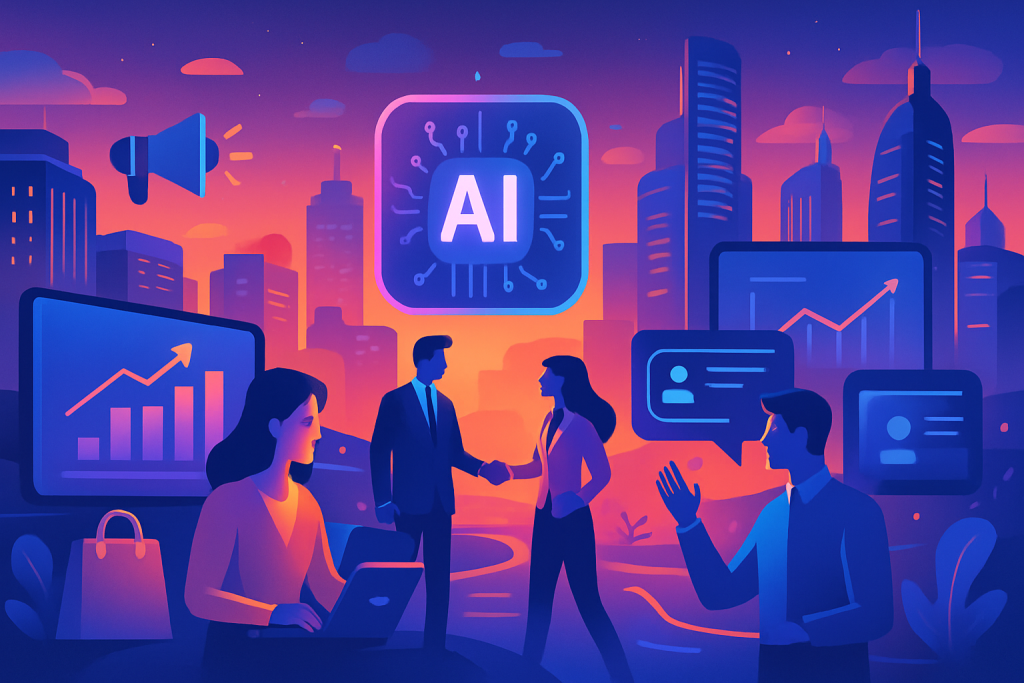The virtual confetti has settled, the digital booths are packed away, and the echoes of Michael Dell’s keynote have faded. Yes, folks, “AI Unleashed 2025,” the annual Six Five Summit extravaganza, wrapped up yesterday, June 19th, leaving behind a veritable treasure trove of insights, predictions, and enough buzzwords to make even the most seasoned tech veteran’s head spin. But beneath the hype, there were some genuinely fascinating developments discussed, hinting at where AI is headed and how it will reshape our world. Think less Skynet and more… well, let’s just say “helpful robot sidekick” for now.
For those unfamiliar, the Six Five Summit has quietly become a major player in the tech conference circuit. Imagine Davos, but instead of discussing global economics, everyone’s debating the merits of Small Language Models versus Frontier Models while sipping artisanal coffee. This year’s edition, a four-day virtual affair, brought together the usual suspects: industry titans, brilliant researchers, and venture capitalists all eager to dissect the present and future of AI. The theme, as the name suggests, was “AI Unleashed 2025,” and the agenda certainly lived up to the promise of exploring AI’s boundless potential across a dizzying array of sectors.
The sheer breadth of topics covered was staggering. From Automotive to Quantum Computing, the summit touched upon virtually every industry ripe for AI disruption. It was like a buffet of technological possibilities, with something to tantalize every palate. But beyond the broad overview, certain themes emerged that deserve a closer look.
One particularly intriguing area was the increased focus on “Channel Ecosystems & Marketing.” This might sound like dry corporate jargon, but it actually reflects a significant shift in how AI is being deployed. We’re moving beyond simply building smarter algorithms and starting to think seriously about how to integrate AI into existing business workflows, particularly in sales and marketing. Think AI-powered lead generation, hyper-personalized customer experiences, and predictive analytics that can tell you what your customers want before they even know it themselves. It’s like having Don Draper from Mad Men, but with access to a supercomputer and a complete lack of moral ambiguity (hopefully).
Of course, the hot topics of Agentic AI, Co-Pilots, Frontier Models, and Small Language Models were all heavily debated. Agentic AI, the idea of truly autonomous AI agents capable of making decisions and acting independently, is still largely in the realm of science fiction, but the progress being made is undeniable. Imagine a self-driving car that not only navigates traffic but also negotiates with other drivers and optimizes its route based on real-time data. The possibilities, and the potential pitfalls, are immense. Co-Pilots, on the other hand, are already becoming a reality. These AI assistants, integrated into our everyday tools and workflows, are designed to augment our abilities and make us more productive. Think of them as the Clippy from Microsoft Office, but actually useful and not constantly offering unsolicited advice.
The discussion around Frontier Models versus Small Language Models was particularly fascinating. Frontier Models, the massive, cutting-edge AI models that require vast amounts of data and computing power to train, continue to push the boundaries of what’s possible. They’re the equivalent of the Large Hadron Collider in the AI world, pushing the limits of our understanding. But Small Language Models, or SLMs, are gaining traction as a more efficient and practical alternative. These smaller, more specialized models can be trained on specific datasets and deployed on edge devices, making them ideal for applications where resources are limited. It’s the difference between using a sledgehammer and a scalpel: both can be effective, but it depends on the task at hand.
So, what does all of this mean for the future? Well, it’s clear that AI is no longer just a buzzword. It’s rapidly becoming an integral part of our lives, from the way we work to the way we interact with the world around us. The Six Five Summit “AI Unleashed 2025” provided a valuable glimpse into this future, highlighting both the immense potential and the very real challenges that lie ahead. The financial implications are enormous, with companies that successfully harness AI poised to reap significant rewards. Think about the impact on productivity, efficiency, and innovation. We’re talking about a potential economic revolution on par with the Industrial Revolution, but driven by algorithms instead of steam engines.
But let’s not get carried away with utopian visions of AI-powered paradise. There are also significant ethical and societal considerations to address. As AI becomes more powerful, we need to ensure that it’s used responsibly and ethically. Issues like bias, fairness, and transparency need to be at the forefront of the conversation. We need to ask ourselves: who controls AI? Who benefits from it? And how do we prevent it from being used to harm or exploit vulnerable populations? These are not just technical questions; they are deeply moral and political questions that require careful consideration.
The conclusion of “AI Unleashed 2025” marks not an end, but a beginning. The conversations sparked at the summit will continue to reverberate throughout the tech world, shaping the development and deployment of AI for years to come. Whether we’re ready or not, the AI revolution is here, and it’s up to us to ensure that it’s a revolution that benefits all of humanity, not just a select few. Now, if you’ll excuse me, I’m going to go ask my AI assistant to write a haiku about the existential dread of being replaced by a machine. Just kidding… mostly.
Discover more from Just Buzz
Subscribe to get the latest posts sent to your email.


